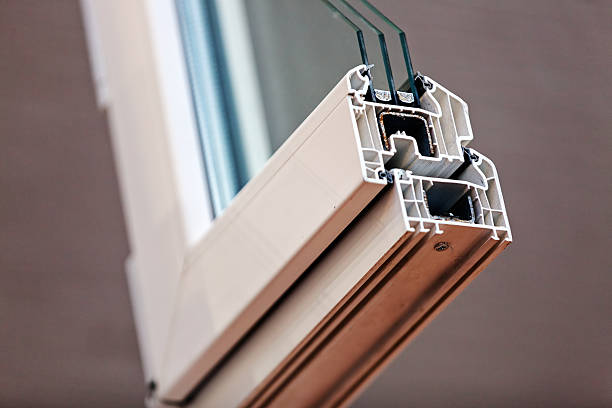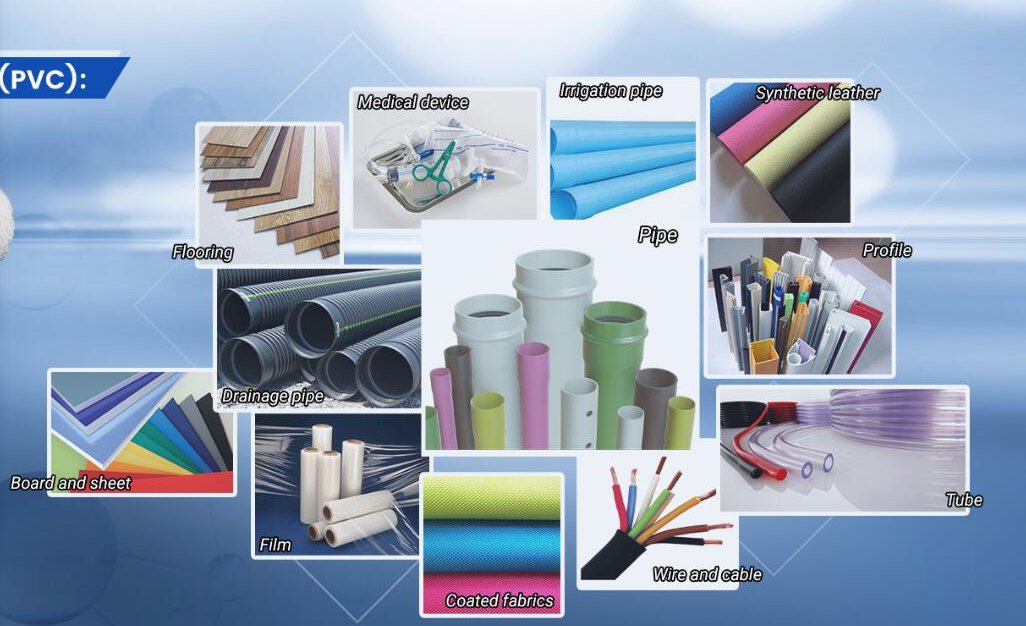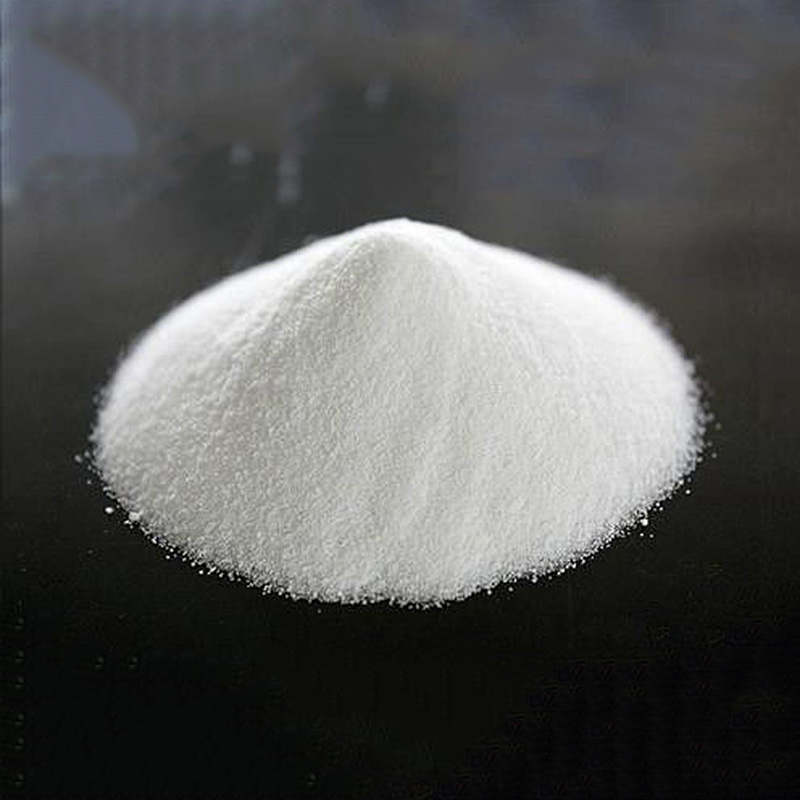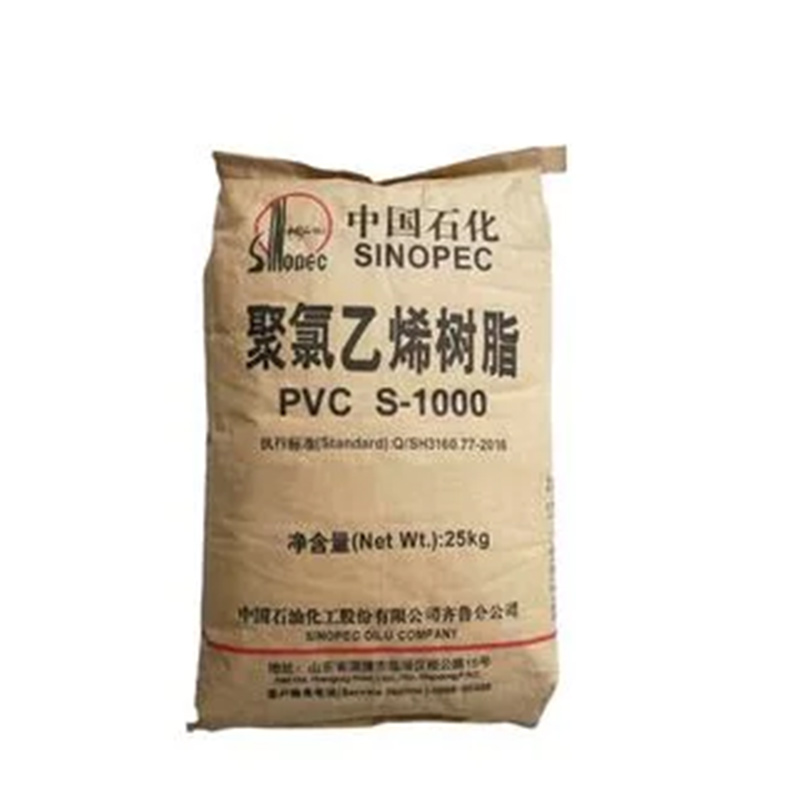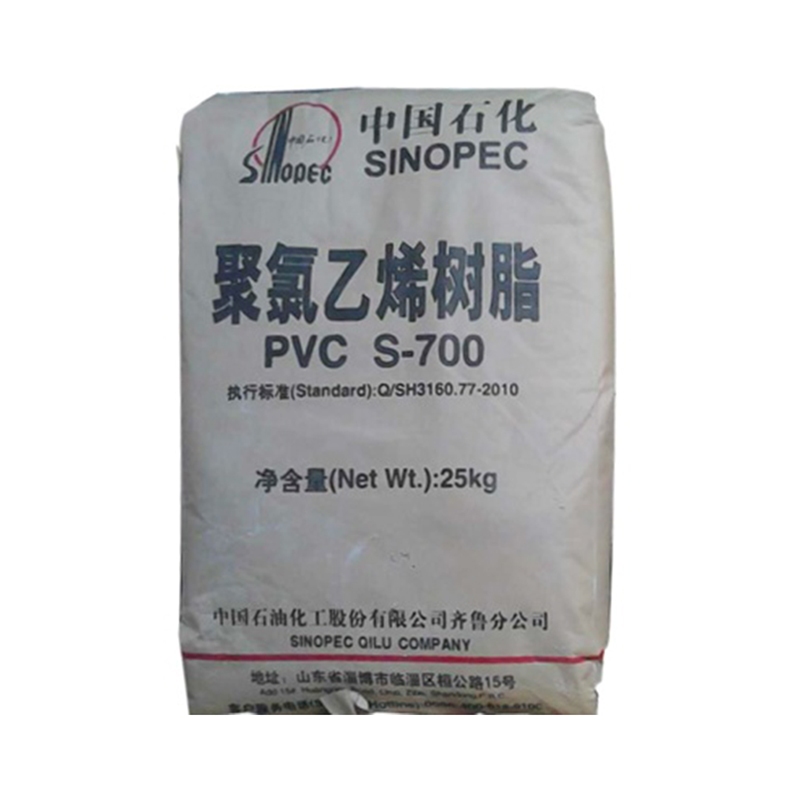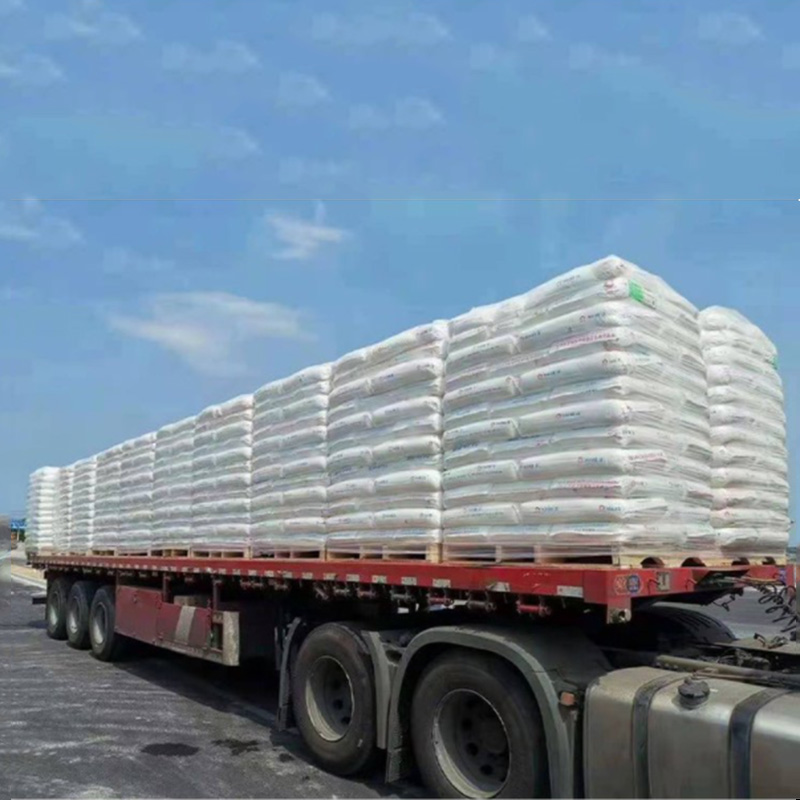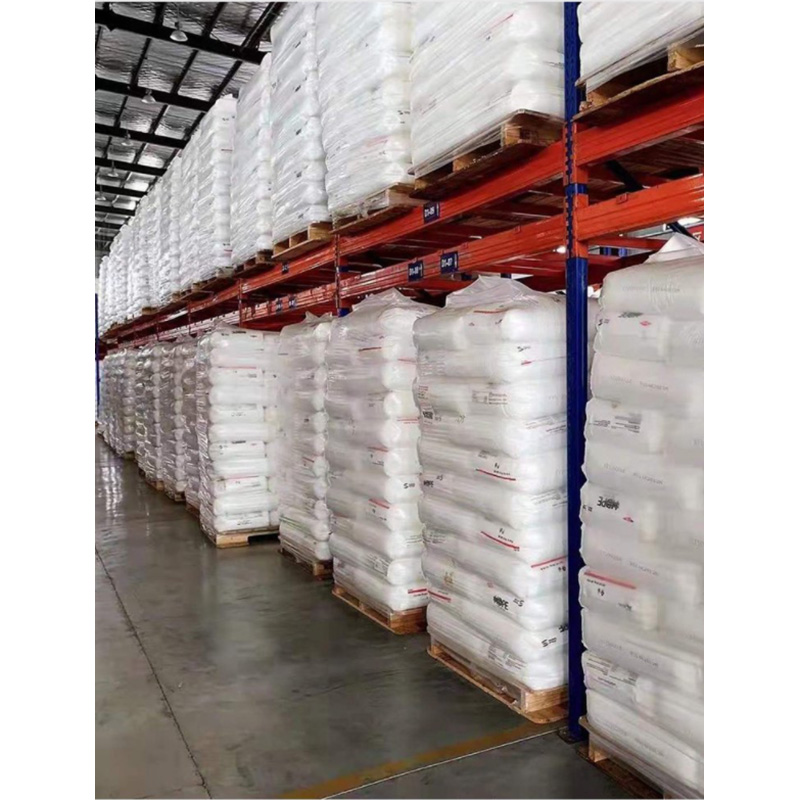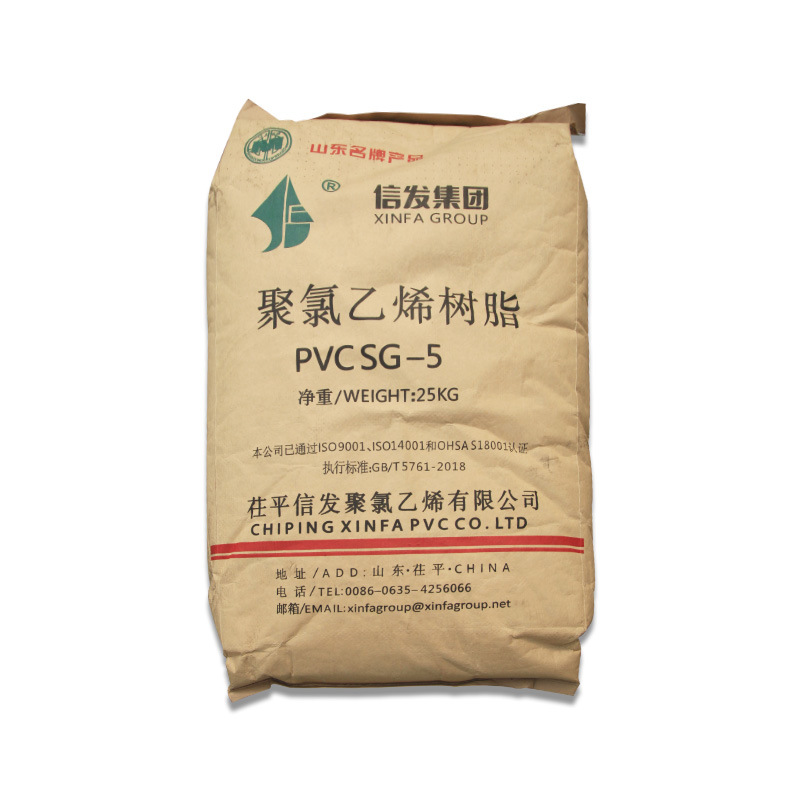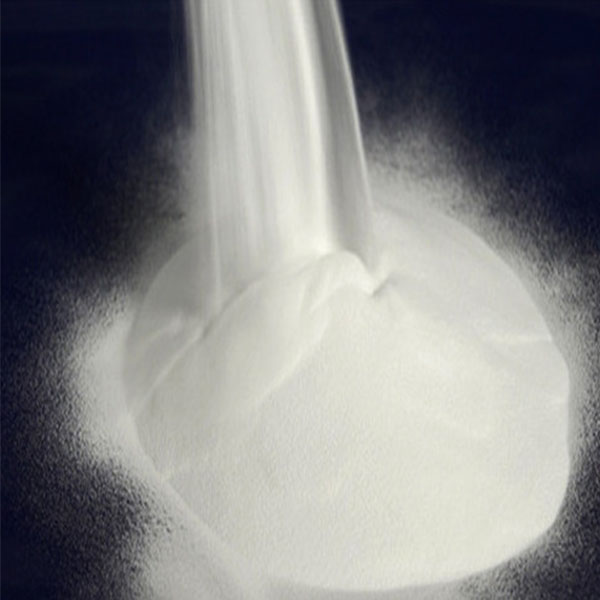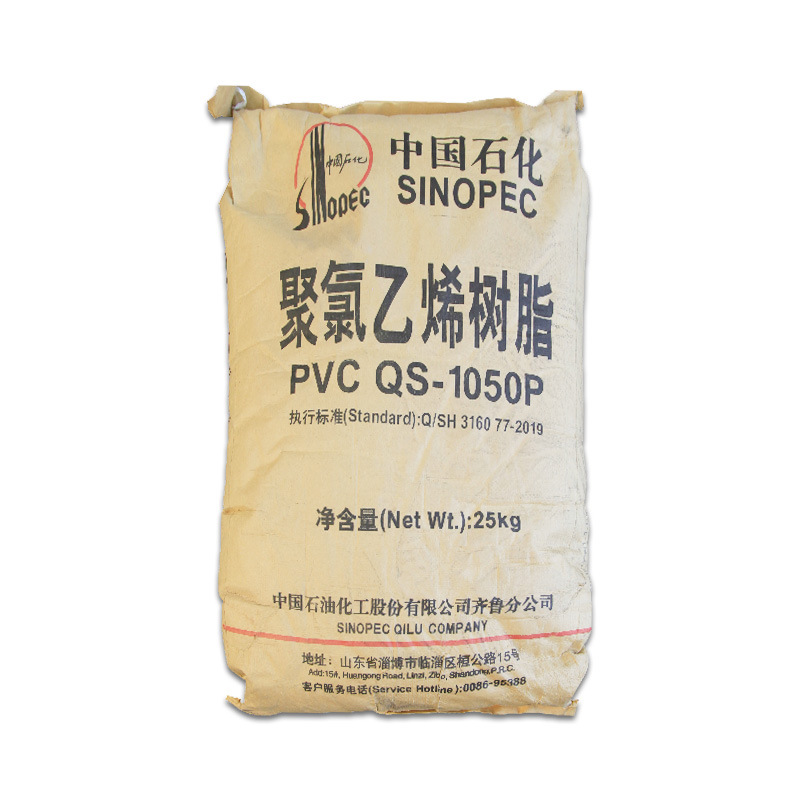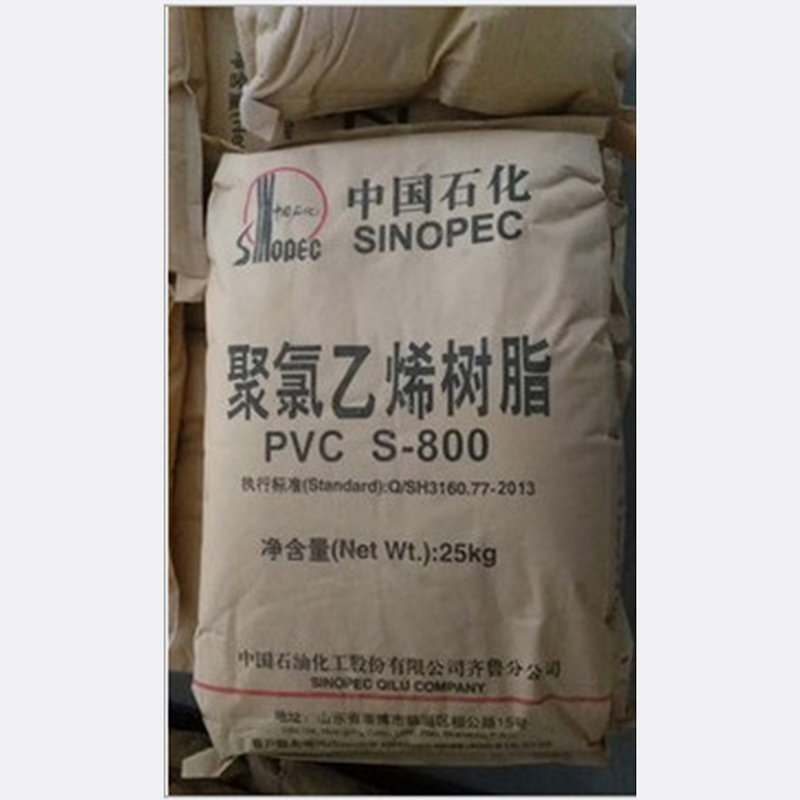Unplasticised Polyvinyl Chloride (uPVC) for profile
Unplasticised Polyvinyl Chloride (uPVC) for profile,
PVC for Extrusion Rigid Profile, PVC For Profiled Doors, pvc for window, pvc resin for door, PVC window frame raw material,
Unplasticised Polyvinyl Chloride (uPVC)
uPVC a low-maintenance building material used as a substitute for Steel, Aluminium or Wood window’s and doors. uPVC is an economical alternative to the expensive teak wood and aluminium usually used in homes. uPVC is popular material since it is durable and offers good sound and heat insulation.
Polyvinyl Chloride or PVC is widely used across all industries. It can be found from Healthcare to Information Technology. PVC as a polymer is the extensively used and today it is even 3D printed to suit any design. In the construction industry, PVC has almost entirely replaced the use of cast iron for plumbing and drainage. It can also be found in flooring using vinyl PVC flooring and even in the roof as well. It is no wonder that this material has found its way into windows and doors as well.
Chemical Composition
PVC (Resin) + CaCo3 (Calcium Carbonate) + Tio2 (Titaniun Dioxide)
PVC by nature isn’t rigid, and to suit it to the requirements of window and door structural forms, uPVC also known as rigid PVC was introduced as a new material. uPVC is prepared by adding stabilisers and modifiers to PVC.
Constituent Elements
PVC – Polyvinyl Chloride Resin is the base element that in their semi-liquid state is malleable, or has the property of plasticity. The electrolysis of salt water produces chlorine. The chlorine is then combined with ethylene that has been obtained from oil. The resulting element is ethylene dichloride, which is converted at very high temperatures to vinyl chloride monomer. These monomer molecules are polymerized forming polyvinyl chloride resin.
CaCo3 – Calcium Carbonate is added in the PVC blend to improve the mechanical properties such as tensile strength, elongation, and impact strength of the profile.
Tio2 – Titanium Dioxide is an expensive material used as a white pigment to impart a natural white colour. This provides UV stability and the dosage depends on UV radiation of the region. A perfect blend ensures the uPVC profiles weather resistance and colourfastness.
Stabilisers
Windows are often subjected to harsh conditions of high temperatures because its externally installed. The material used should take care of endurance of the profile under continuous exposure to heat and UV. For this heat stabilisers are added to improve the stability of PVC. A perfect blend of stabilisers prevents the degradation of the base material during PVC processing.
Processing Materials
An acrylic based processing material enhances the melting strength during the fusion process. This contributes to smooth extrusion of the profile with uniform cross section.
Impact Modifiers
Polymers tend to become brittle once they are subjected to low temperatures or exposed to UV radiation and may become brittle or crack during fabrication, installation, operation, or usage. To counter this, an acrylic based impact modifier is also used. This ensures that the profile polymer retain its strength even after getting exposed to UV radiation or at low temperatures. The insufficient dosage or low-cost impact modifier (like CPE) may not be able to withstand the impact resistance over a long period of usage.
Advantages of uPVC
With sound chemical properties, this machined product offers energy thermal insulation, sound insulation, low maintenance, easy assembly and installation and a perfect alternative to traditional wood and expensive Aluminium windows and doors.
PVC resin can be processed into various plastic products. It can be divided into soft and hard products according to its application. It is mainly used to produce transparent sheets, pipe fittings, gold cards, blood transfusion equipment, soft and hard tubes, plates, doors and windows. Profiles, films, electrical insulation materials, cable jackets, blood transfusions, etc.
Application
Piping, hard transparent plate. Film and sheeting, photograph records. PVC fibers, plastics blowing, electric insulating materials:
1) Construction material: Piping, sheeting, windows and door.
2) Packing material
3) Electronical material: Cable, wire, tape, bolt
4) Furniture: Decorate material
5) Other: Car material, medical appliance
6) Transportation and storage
Package
25kg kraft paper bags lined with PP-woven bags or1000kg jambo bags 17 tons/20GP, 26 tons/40GP





